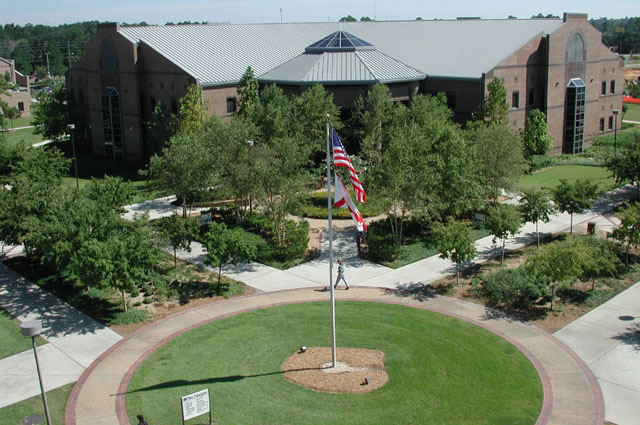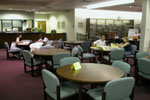Google Cultural Institute
 makes available rich cultural archives of photographs, videos, and other documents representing a global selection of historic topics. Launched in 2010, the site featured 40-plus exhibits at the time of this review. The institute has worked thus far with 17 partners, including the Auschwitz-Birkenau State Museum and the LIFE Photo Collection, providing funding and expertise to digitize and present online exhibits of their materials. (The institute also plans to open a building with a physical gallery and facilities for speakers.) Based in Google's Paris office, the project has a scope that is distinctly international; the interface supports multiple languages, though videos and other materials are not necessarily translated from the original.
makes available rich cultural archives of photographs, videos, and other documents representing a global selection of historic topics. Launched in 2010, the site featured 40-plus exhibits at the time of this review. The institute has worked thus far with 17 partners, including the Auschwitz-Birkenau State Museum and the LIFE Photo Collection, providing funding and expertise to digitize and present online exhibits of their materials. (The institute also plans to open a building with a physical gallery and facilities for speakers.) Based in Google's Paris office, the project has a scope that is distinctly international; the interface supports multiple languages, though videos and other materials are not necessarily translated from the original. The exhibits, which tend toward the solemn (e.g., apartheid, the Holocaust), are shaped as compelling narratives built on a relatively small number of attention-grabbing images. Hence the main site is better suited to students and casually interested viewers than expert researchers; more comprehensive archives are often found on linked sites operated by the partner institutions.Users may search or browse. The latter option allows navigation (viewing by exhibit, by comprehensive time line, or by partner), sorting (by relevance or date), and limits (for media, source, place, event, or person, depending on the search). The site may be somewhat overwhelming at first glance; however, it offers powerful flexibility for those who invest time in it. The site's explanatory videos include some rather hyperbolic self-praise, but Google's strength has always been in drawing attention to the most interesting and useful materials. Thus, this site could eventually live up to the prediction of becoming "one of those fundamental instruments that all of us use." At this point, it is a good online museum with some remarkable materials. Summing Up: Recommended. Lower- and upper-level undergraduates, professionals, and general audience. -- W. L. Svitavsky, Rollins College. Reviewed in March 2013 issue of ACRL's CHOICE.





















